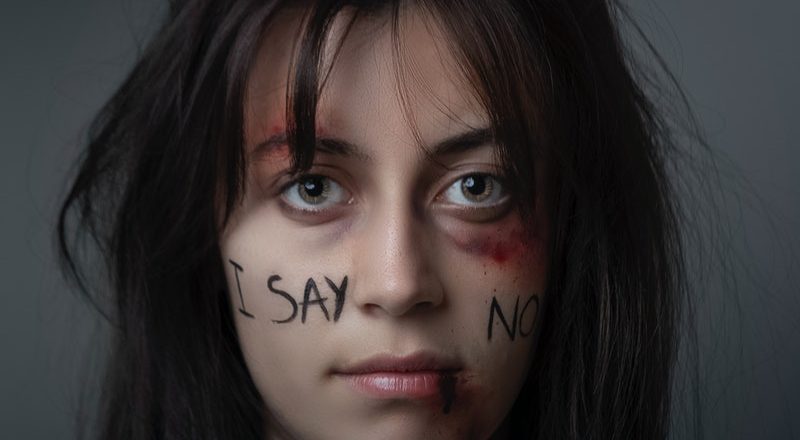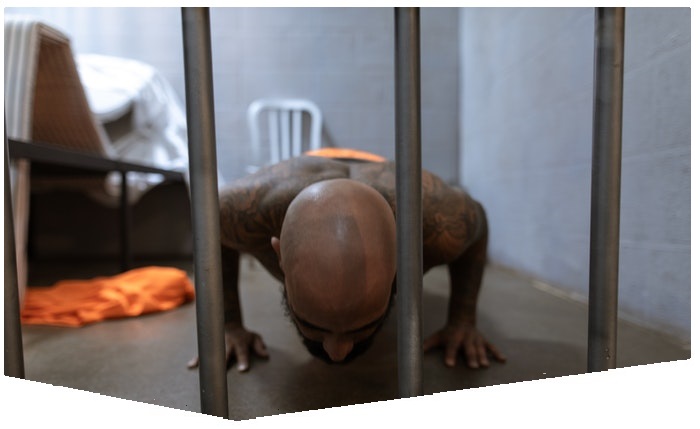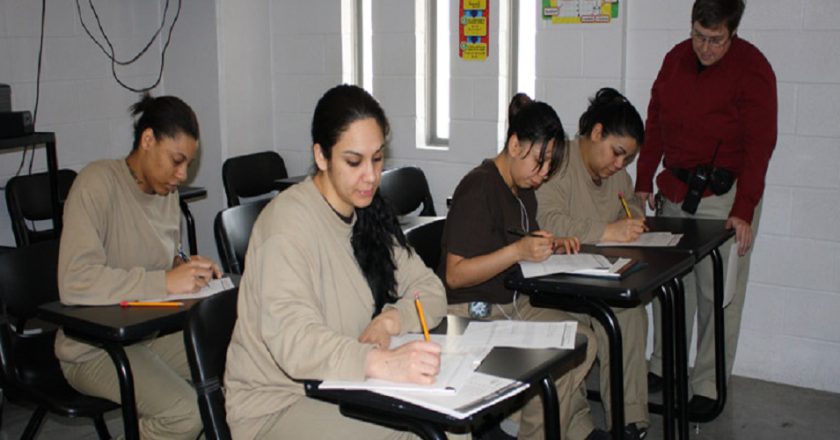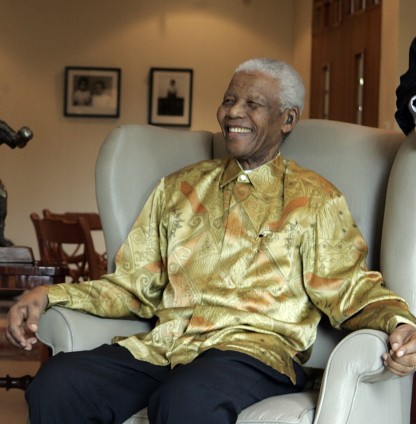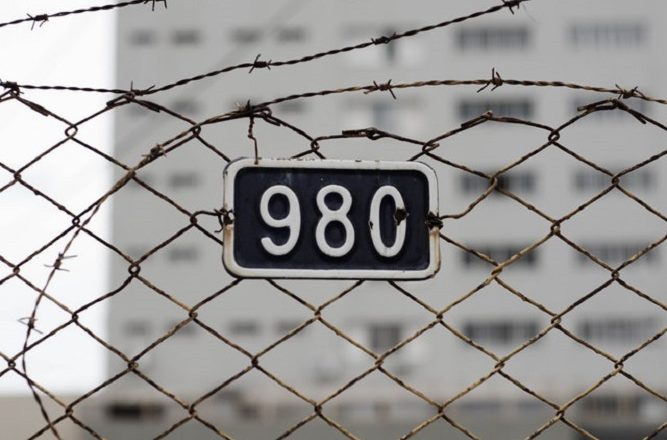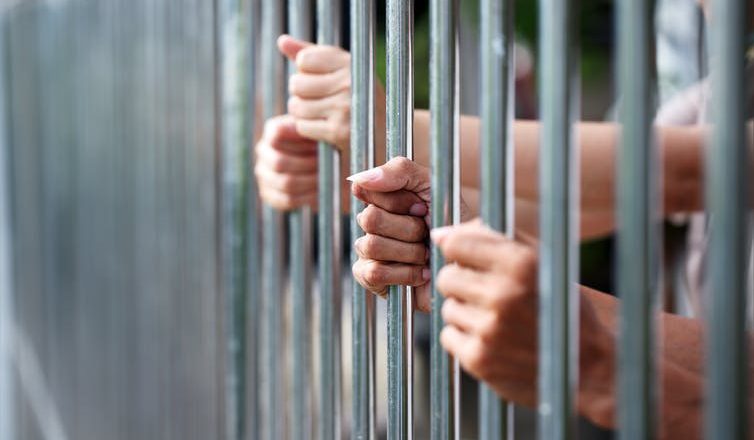Black Mothers Are At The Center Of A Fight To Keep Youth Out Of An Adult Prison In Louisiana
Parents and legal advocates in Louisiana — chief among them Black mothers — say a plan to temporarily transfer incarcerated youth to an adult facility once known as “America’s bloodiest prison” will traumatize the children and limit their access to education and rehabilitation opportunities.
Under the plan from Democratic Gov. John Bel Edwards, about two dozen juveniles are being transferred from the Bridge City Center for Youth to the Louisiana State Prison at Angola until some time in 2023. According to reports, the first set of youth was transferred this week. Governor Edwards’ office did not immediately respond to The 19th’s request for comment.
Angola — which is notorious for its violence — is the largest maximum-security prison in the United States and is named for the former sla...

